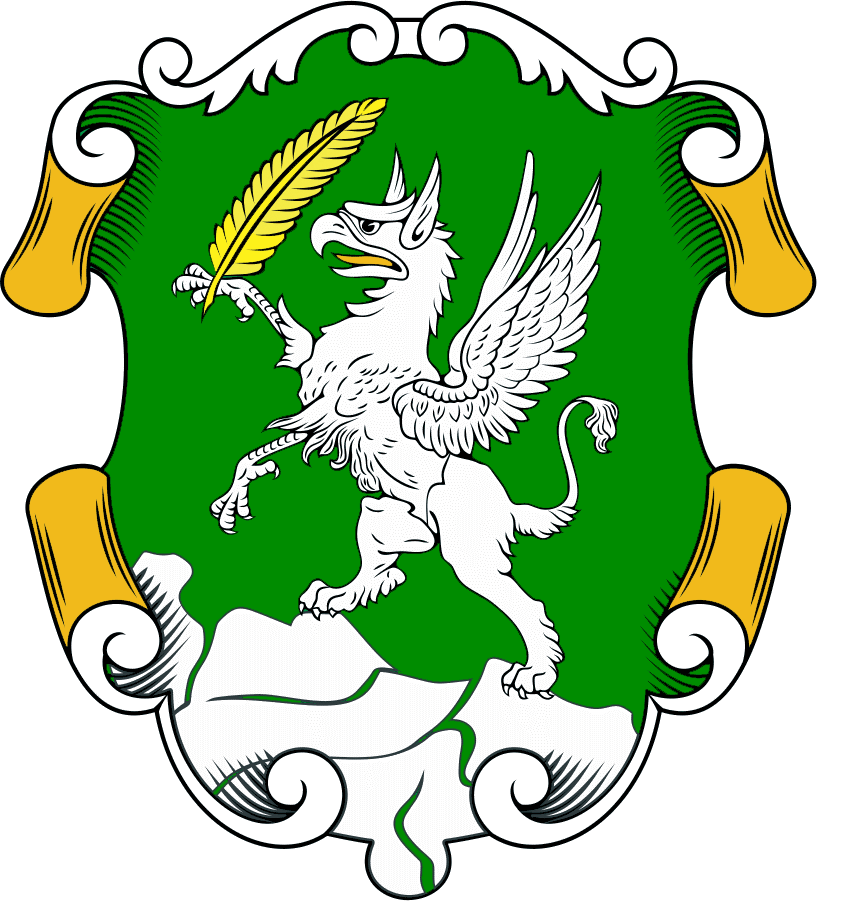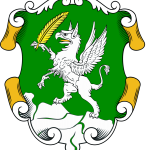At the north foot of Mt. Belasica, approximately 12 km from the city of Strumica, a powerful spring of hot water (72º C) gushes forth. The spring is in the village of Bansko; the etymology of the name of the village derives precisely from the presence of this spring and the baths that were once built there.
View other Archaeological sites in the Republic of Macedonia in a larger map
Archaeological excavations began at the spring of Parilo on this site thirty years ago and by now, a large part of a Roman bath built in the 2nd century has been discovered. The structures survive almost in their entirety; they cover more than 1,500 m2, the size making these thermae one of the largest in the Balkan region. Most of the 11 chambers have different functions and are built mostly of bricks combined with stone and mortar, which results in the achievement of a superior and harmonious polychrome effect. The heating in the interior was designed and executed by means of a special system which used hot water to heat the floors and the walls. The bath is designed as the majority of Roman structures and was built in the spirit of the needs of the Roman health cult.
There was also an apodyterium (changing room) where the visitors undressed and left their garments before going into the bath. In the space known as the dypterium, both the ailing and the regular visitors oiled themselves. The chamber known as the tepidarium was between the hot bath (caldarium) and the cold bath (frigidarium).

The main area of the thermae had a pool and tubs which were ca. 1.5 m deep, with steps for entering the pool. The light that entered through the windows made the interior private and intimate, and rose oil and amber gave the steam a distinctive, agreeable scent.
The current archaeological research has shown that it had existed even earlier as a sanatorium, a fact to which the newly excavated earlier structures bear witness. Built to meet the needs of the people in Antiquity, the baths were also a centre of social life. Around them, gymnasiums and libraries were built, and there were also temples dedicated to deities which were believed to ensure good health.
This bath with healing waters fell into neglect in the 6th century AD. However, the thermal springs remained attractive to the population from this region until the late Middle Ages, as the toponym Turkish Bath suggests; the second well-known toponym is Panagjur (Fair) which indicates that the Christian believers not only came to pray in the vicinity of these springs, but also entertained themselves and traded as well.
This Roman thermal bath could be fully reconstructed with only minor technical interventions, which would restore its former function and the purpose it once had,
more than 1,500 years ago.
Bibiliography:
J.Ananiev, Arheolosko iskopuvanje na lokalitetot “ Turska banja“ – Panagjur“ selo Bansko kaj Strumica 1978 – 1981, Zbornik na trudovi, Strumica1989, 333 – 339.
S. Taseva, V. Sekulov, Docnoantickoto termalno leciliste vo s.Bansko kaj Strumica, Kulturno nasledstvo, 28/29, Skopje 2004, 261 – 271.
S. Taseva – V.Sekulov, The Hypocaust in the Sudatorium of the late roman thermal spa in the village of Bansko by Strumica, the lower Danube in antiquity (VI C BC- VI C AD), Sofia 2007, 235-246.
Trajkovski К., Ancient Roman Bath, Archaeological sites, Cultural heritage protection office, Skopje 2009, 70-71.


